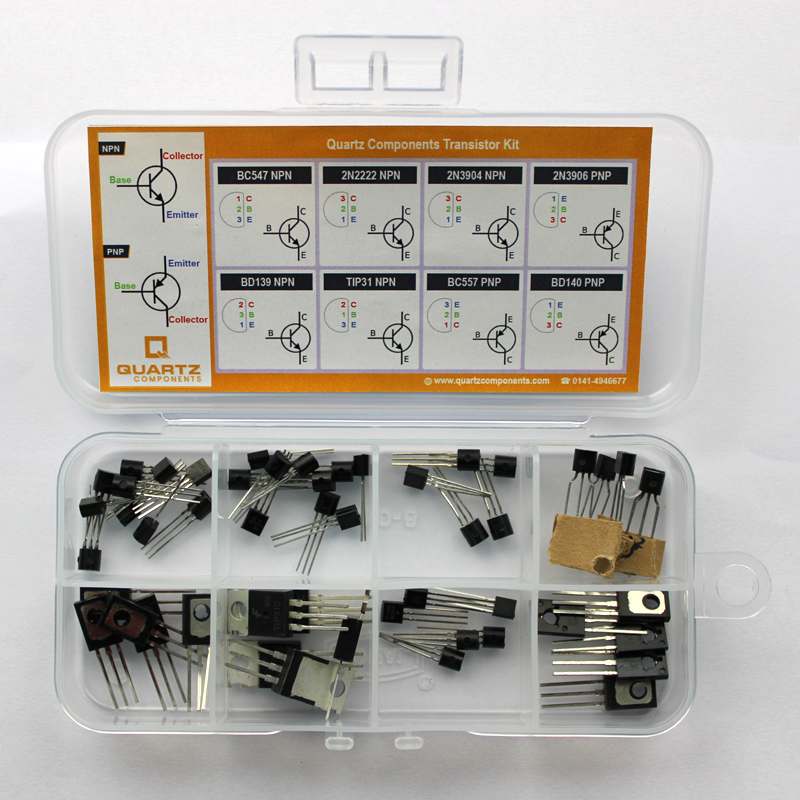What is Transistor? Definition, Terminals & Operating Condition
Transistor: Definition, Terminals, and Operating Conditions
Transistors are fundamental electronic devices that play a crucial role in modern electronics. They are the building blocks of digital circuits, amplifiers, and countless other applications. In this comprehensive guide, we will explore what transistors are, their terminals, and the operating conditions that enable their proper functionality.
Definition of a Transistor
A transistor is a semiconductor device used to amplify or switch electronic signals. It consists of three semiconductor layers: the emitter, base, and collector. Transistors come in various types, including bipolar junction transistors (BJTs) and field-effect transistors (FETs), with each type having specific characteristics and applications.
Types of Transistors
Bipolar Junction Transistor (BJT):
- BJTs are the most common type of transistor.
- They have two types: NPN and PNP, based on the arrangement of the three layers.
- NPN transistors have an N-type layer between two P-type layers, and PNP transistors have a P-type layer between two N-type layers.
Field-Effect Transistor (FET):
- FETs are divided into two subtypes: Metal-Oxide-Semiconductor FETs (MOSFETs) and Junction FETs (JFETs).
- MOSFETs are further categorized into N-channel and P-channel types.
- FETs are voltage-controlled devices, whereas BJTs are current-controlled.
Terminals of a Transistor
Transistors have three terminals, each with a specific role in the device's operation:
1. Emitter (E)
The emitter is the terminal through which current enters the transistor. In NPN transistors, it is made of an N-type semiconductor material, while in PNP transistors, it is made of a P-type material. The emitter current is denoted as Ie.
2. Base (B)
The base is the terminal that controls the current flow between the emitter and the collector. A small change in the base current (Ib) can lead to significant changes in the collector current (Ic). This property is exploited in amplification applications.
3. Collector (C)
The collector is the terminal through which current exits the transistor. It collects the current that flows from the emitter to the base. The collector current is denoted as Ic. In NPN transistors, the collector is made of a P-type semiconductor material, whereas in PNP transistors, it is made of an N-type material.
Operating Conditions
To ensure a transistor functions correctly, specific operating conditions must be met. These conditions are essential for controlling the transistor's behavior and performance.
1. Forward Bias and Reverse Bias
Transistors are operated in two biasing conditions:
A. Forward Bias:
- In the forward bias condition, the base-emitter junction in an NPN transistor is forward-biased. This means the base terminal is at a higher potential than the emitter.
- In a PNP transistor, the base-emitter junction is also forward-biased, but the polarity is reversed (base is at a lower potential than the emitter).
- The forward bias condition allows current to flow from the emitter to the collector, thus enabling amplification or switching.
B. Reverse Bias:
- In the reverse bias condition, the base-emitter junction is reverse-biased. The base terminal is at a lower potential than the emitter.
- This condition prevents the flow of current from the emitter to the collector. The transistor is in the off state, making it suitable for switching applications.
2. Base Current (Ib) Control
One of the most critical operating conditions is controlling the base current (Ib). By changing Ib, the collector current (Ic) can be modulated, allowing for amplification of signals. The relationship between Ib and Ic is defined by the transistor's current gain, denoted as β (beta).
3. Saturation and Cut-off Regions
Transistors operate in two primary regions:
A. Saturation:
- In the saturation region, the transistor is fully turned on.
- Both the base-emitter and base-collector junctions are forward-biased.
- Maximum collector current (Ic) flows in this state.
B. Cut-off:
- In the cut-off region, the transistor is fully turned off.
- Both the base-emitter and base-collector junctions are reverse-biased.
- No collector current (Ic) flows in this state.
4. Temperature Considerations
Transistors are temperature-sensitive devices. Extreme temperatures can affect their performance and reliability. Manufacturers provide specifications, such as the maximum operating temperature and the thermal resistance, to help users ensure proper operation within specified temperature ranges.
In conclusion, transistors are indispensable components in modern electronics. Understanding their terminals and operating conditions is crucial for designing and using electronic circuits effectively. By controlling the biasing, base current, and regions of operation, transistors can be harnessed for a wide range of applications, from amplification to signal switching and beyond.

Comments
Post a Comment